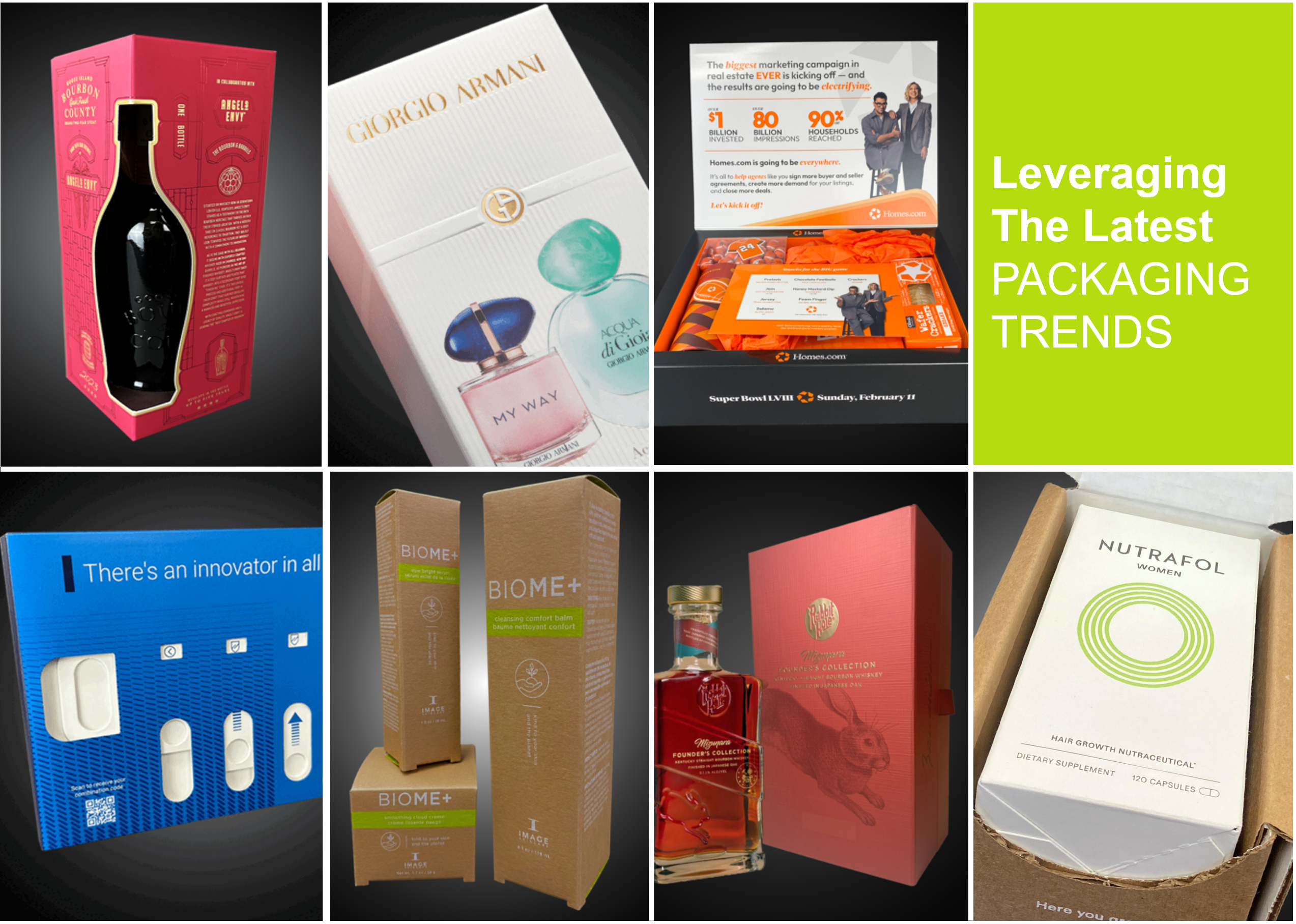
As e-commerce continues to expand and the retail environment—in terms of brand display—grows ever more sophisticated, it’s essential for brands to stay on trend with target audiences. Obviously, that should include awareness of relevant trends in packaging. Getting ahead of changes in consumer behaviors/beliefs is one key for brands to arrive where their target audiences are living their lives, now and in the future.
This is particularly true for premium and aspirational brands. Tracking trends in premium package design not only helps fine-tune product packaging for the consumers you most want to reach, it can also help clarify necessary differences between DTC and on-shelf premium packaging. More importantly, it can impact considerations in structural design and material choices, which offer genuine savings in production and logistics costs, not to mention generating greater brand loyalty.
Constantly shifting outside influences—societal, technological, economic, environmental, and legal—must be addressed right at the start of package development. Updating awareness of what’s trending in the arena of premium packaging and what’s driving the evolution of structural design and packaging enhancements is key to this.
Here are seven trends we’re watching at JohnsByrne and some best practices for creating premium packaging to leverage them.
Sustainable Packaging
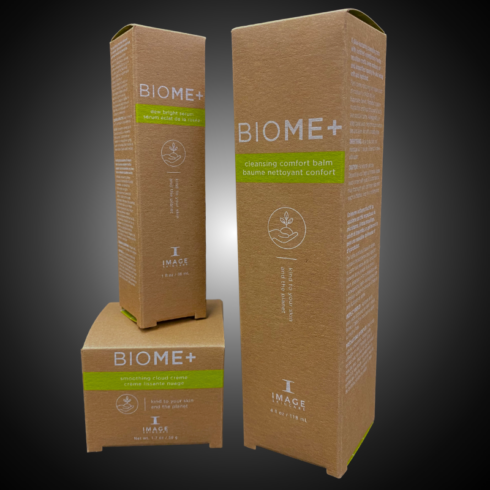
Our first mega-trend: addressing the evolving and increasingly important challenge of sustainability, which continues to rise as a powerful premium packaging trend. More and more consumers across diverse categories demand it and are willing to pay more for it, while the hard costs of materials and logistics benefit from it. At the same time, consumers’ support for environmental regulation and the economic and regulatory pressure on brands to adapt to it will continue to motivate sustainability efforts ever-higher now and beyond.
In premium packaging solutions, “sustainability at every step” includes:
- Reducing waste in production and at point-of-use by replacing paper inserts/instructions with information printed inside or on the packaging itself
- Accelerating the move away from plastic (vac trays and other use of plastics), substituting with functional paperboard
- Increased use of recycled paperboard (post-consumer waste or PCW) and more recyclable rigid and flexible plastic substrates. As an industry leader in sustainable packaging, JohnsByrne can advise on the various PCW content levels available and guide how the PCW level can affect the aesthetics, price point and availability of the paperboard.
- Creative structural design that “does more with less” paper (and provides a host of downstream, real-world cost benefits)
- Attention paid to showcasing a brand’s environmental stewardship by including package identification such as “FSC/SFI logos,” “Printed with soy ink,” or “Packaging produced from responsible sources.”
- Increased use of low-VOC soy inks, which are much more environmentally friendly while still producing bold, vibrant colors
Sustainability is integrated into JohnsByrne’s entire operational structure, from structural design to fulfillment, as evidenced by JohnsByrne’s FSC® (Forestry Stewardship Council®) and PEFC (Programme for the Endorsement of Forest Certification) certifications. So, JohnsByrne clients can capitalize on the opportunity to reap invaluable brand equity, which increasingly includes social/environmental concerns.
Premiumization
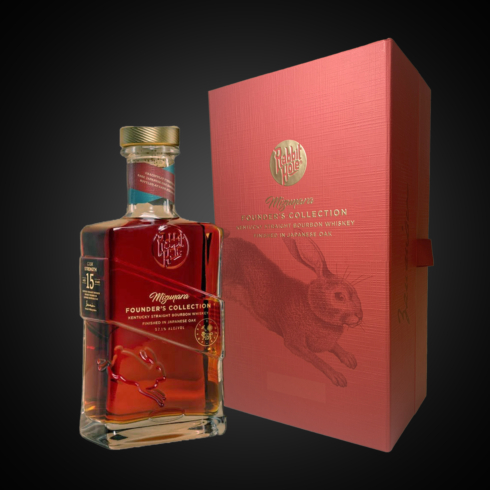
How do we motivate consumers to desire and pay more for brands they recognize and products they want? More and more often, for brands in competitive, more mature markets, “premiumization” can help maintain growth and profitability.
For proof, consider this: premiumization has, for decades, been a hallmark of the spirits industry. From bottle shapes and limited editions to gift sets, boxing and labeling, potable spirits have demonstrated the real advantages of this trend.
With inflation on everyone’s lips, the advantage can shift to value-driven brands that ascend to “premium positioning” through structural design innovation, finishes, and the new stories they relate to. How better to present products as equally desirable alternatives to higher-priced goods as consumers continue to seek affordable luxury in their daily lives?
Structural Engineering & Design
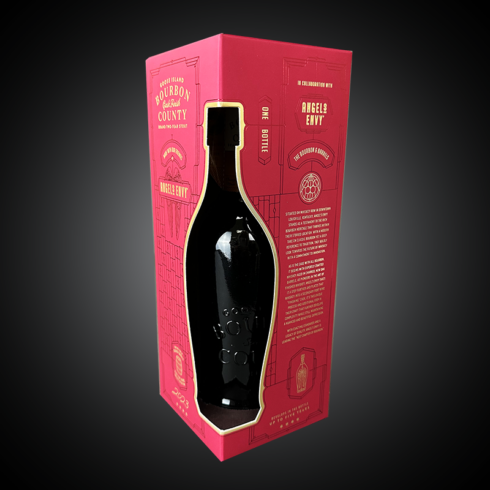
Unexpected/unusual shapes, creative product presentation and genuine functionality – when combined – are the stuff of structural innovation: compelling shelf appeal and one-of-a-kind unboxing experiences are a sure road to entice purchase and wow consumers.
Innovative design can produce highly efficient, highly desirable premium packaging in almost unlimited configurations: circular, triangular, pentagonal, you name it. Multiple compartments, especially for event or holiday-related product collections, can enhance the unboxing experience. Moreover, customized designs can grab attention when inspired by product shapes or attributes to motivate purchases in-store and create brand loyalty DTC.
In the current climate, consumers seek real value, which is reflected in things like ease of opening, package integrity, and storage convenience. So, outstanding premium package design should present as many features as possible to address consumers’ evolving perceptions of value – including functionality.
While some products require stricter tamper-resistant packaging, the objective remains to balance safety/security and ease of use. This exploration can also yield cost savings: How can an innovative design reduce the amount/weight of the material without sacrificing product protection? (It is always a valuable question to ask.)
Of course, purchasers also want to perceive premium packaging as tamper-resistant before purchase. Packaging for products like cosmetics should help ensure they have not been “sampled.”
In creating optimum designs, it’s also vital to consider how consumers store and use products, especially as so many now buy in bulk to offset rising prices. Irregular-shaped premium packaging may be eye-catching for display purposes but hardly practical for products packed in the pantry.
“Designing with the end in mind” is a touchstone for the structural engineering experts at JohnsByrne: integrating sustainability, intended use, consumer preferences, functionality and current market trends (among many others) in intentional package design.
Enhancements
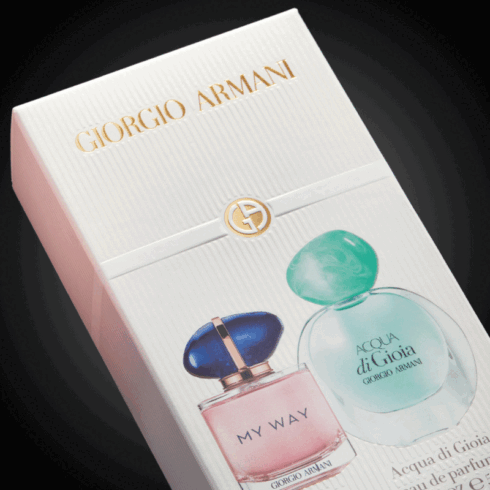
Beyond structural design are the ever-expanding creative options available through JohnsByrne’s in-house technological/engineering capabilities that comprise our “Limitless Pressroom.” In the coming year, consider premium packaging enhancements that might include:
- Matte, soft touch coatings to lend sophistication while engaging a sense of touch
- Unique die cuts that reveal, entice and augment package graphics to spark engagement
- Pearlescent UV Iriodin coatings – these trademarked coatings in natural colors provide a natural, subtle shimmer effect and vibrancy, recreating the sheen of natural pearl
- Embossed/debossed effects and texturing can bring tactile appeal while offering new paths to brand graphic innovation in premium packaging designs
- Glitter… because, well, you can! Think premium holiday packaging in particular
- Scented coatings which create another level of multi-sensory experience with your brand
- Reflective/metallic/holographic foil stamping can deliver powerful visual impact when applied to typography and design elements or combined thoughtfully with texturing
Better yet, leveraging these effects doesn’t impact speed-to-market or add higher costs, given JohnsByrne’s single-source, one-location business model.
e-Commerce
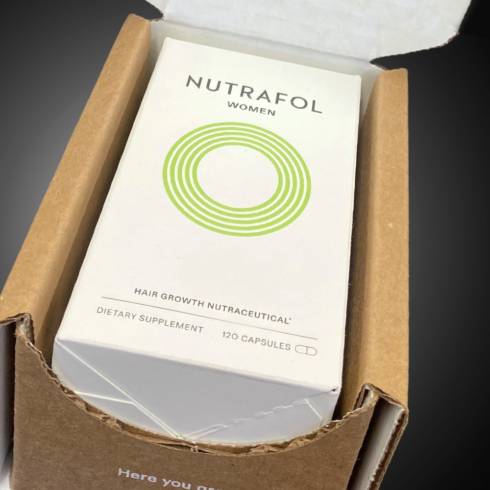
Maintaining clear focus on packaging requirements (durability, security, weight, etc.) is essential for every product in every burgeoning eCommerce channel. Careful attention to the differences between online vs. on-the-shelf shopping experience only clarifies the growing necessity of intriguing brand-centric design as well as that of providing remarkable, memorable unboxing experiences.
Speaking of unboxing videos (now a whole cottage industry), some evolving trends for DTC brands that can help in creating unboxing joy include:
- Brand-appropriate, elegant design/art direction to capture consumer “eyeballs”
- Singular premium package engineering to create customer “Oh wow!” moments
- Additional options for brand storytelling through engaging secondary packaging and enclosures
- Conveyance of higher perceived product value via premium materials and finishes
Personalized design
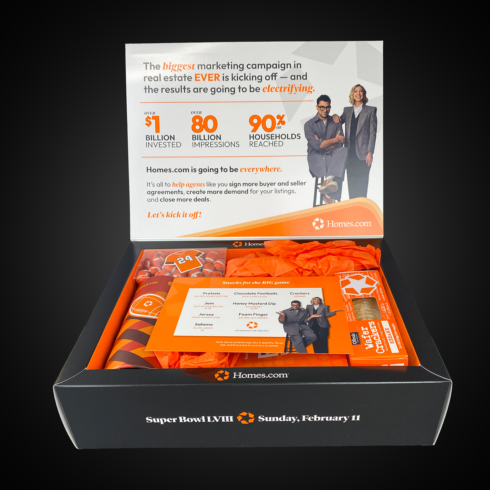
When we see packaging that relates directly to our own selves, our passions and our goals, the products inside are more likely to “speak to us,” inviting engagement with the design at purchase. In specific markets, personalization is a powerful trend worth consideration:
For Health & Beauty products, “maskless” post-pandemic consumers now look for new ways to express themselves in-store and online (along with sustainability, value, etc.).
SKU proliferation is a natural consequence of proliferating color cosmetic brands. So, it’s essential to maintain brand equity through premium packaging that differentiates lines but remains brand-centric. Of course, that proliferation will demand more flexible, agile production capabilities to allow faster development, shorter runs, and quicker time to market.
For the wine and spirits categories, nostalgia clearly drives brand equity but requires new attention as Gen-Xers and Millennials demand their own “era-specific” graphics based on their own remembrances. Unlocking fond personal reminiscences of the ‘80s, ‘90s (and soon, the 2000s) requires appropriate symbolism, period graphic designs, icons, and such to attract these new generations of consumers and their spending power.
Remember, customers want to see proof of social responsibility. They increasingly demand sustainability in packs and the move away from plastics without losing essential functionality. More sustainable materials, mono-materials, and less plastic will fill that bill, mainly when eco-aware consumers are willing to pay more for alternative materials and package designs.
Event-specific promotional packaging will also continue to generate positive sales impact. Leveraging holidays, major sporting and media events, and other popular cultural happenings—now so often “in-your-face” on social media—will certainly help attract buyers invested in them vs. non-customized designs.
Cannabis marketers now grapple with issues including overproduction, excess competition, and distribution issues in both new and mature recreational markets. Providing genuine brand differentiation through cost-effective yet premium-perceived packaging can make a considerable difference. At the same time, regulatory-compliant and sustainable packaging (plus messaging that calls it out) will be essential.
Then, too, there is clearly segmentation within the cannabis category—now a growing and multi-generational audience—for which packaging is intrinsic to retail success. Premium packaging design and structure must reflect the differences in motivation and lifestyle as well as age, whether enthusiasts, artists/performers, medical patients or connoisseurs, Boomers, Millennials, Gen-Xers, or Gen-Zers.
Smart Packaging
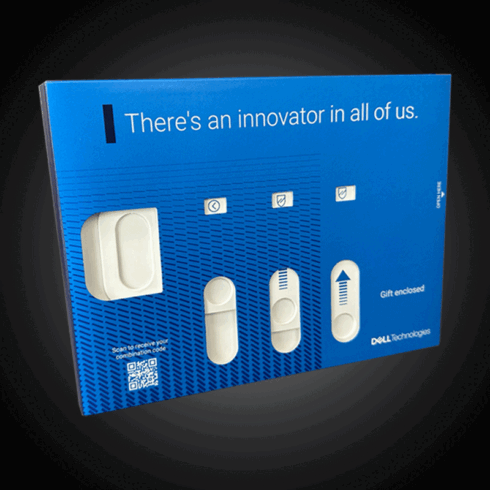
Another trending path to improving the packaging experience, increasing consumer interaction, reducing in-package waste, personalizing products and providing links to a more interactive product experience involves the resurgence of QR codes and other “smart” packaging innovations. Adding RFID or NFC tags can also create consumer interaction and an extended brand experience beyond the shelf.
End of day, essential brand promise and personality must remain front-and-center in premium package design if customers are to “find” your product in such a crowded marketplace. Graphic and structural design decisions must be driven by relentless, authentic, multi-sensory branding aligned with the most likely purchaser personae. All the while, sustainability, quality, convenience, and value must also be represented.
Thankfully, regardless of brand, product, or segment, “all the above can be found front and center within the deep in-house ingenuity/talent, relevant technological/engineering capabilities and tenacious client service in one location: JohnsByrne. Please contact us to discover how we can help your brand take advantage of these and other packaging trends.
Related Posts
For companies looking to improve their bottom line, packaging can be a prime target for cost reduction. However, cutting packaging costs is often a balancing … Mastering the Balancing Act: Proven Strategies for Reducing Packaging Costs While Boosting Innovation
Ever since the first cave paintings and sharing of tales around the campfire, we humans have been obsessed with sharing experiences as vividly as possible. … Where Customer Experience Meets Social Media Buzz: Leveraging Unboxing Videos for Your Brand
Effective packaging is memorable to the consumer and sticks out amongst competitors. While bold colors and structures can help set your brand apart, creating a … How to Elevate Your Brand with Sensory Packaging
